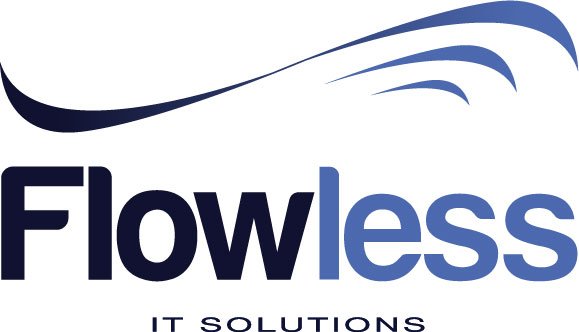LIFT Model or Landing Page Influence Function for Tests is a conversion optimization framework developed to use in analysing conversion pages as well as develop hypotheses. There are numbers of individuals that are looking for tips or best practices with regards to improving conversion rates on landing pages as well as website conversion funnels. Indeed, tips will offer some value but their usefulness could be limited outside of the appropriate context.
Some of the tips that could lift your conversion rates would include the following:
- Enlarging the action buttons
- Cutting the copy in half
- Minimizing the number of the layout columns
- Reducing the number of the form fields
- Including value proposition in high contrast and left-justified headline of only two lines or even less
After doing those things mentioned above, what are you going to do now? You might run out of ideas on whether what to test. And with that, structured methodology that is used in evaluating pages as well as developing valid test hypotheses could play of great role in lifting conversion rate.
Six Conversion Factors
In connection, this LIFT model would offer conversion optimization framework that shows the six conversion factors allowing you to evaluate landing pages from a perspective of a page visitor. These six conversion factors of the LIFT model are the following:
Value Proposition
LIFT model will show that value proportion is the vehicle providing the potential for conversion rate therefore it is considered as the most important among the six conversion factors. And the other five conversion factors are referred as conversion drivers or inhibitors.
Relevance
You might first ask whether the landing page relates to what the visitor thought they are going to see. The relevance of the value proposition as well as context of the source media is definitely critical. The page should use terms that your visitors relate to and also be consistent with incoming link or the visitor would be disoriented and so leave the page.
Clarity
The landing page should articulate clearly the value of proposition and also call to action. Clarity is considered as the most common among the six factors that most marketers struggle with. There are two aspects of clarity which should be analysed are content and design. Designing for will create unimpeded eye flow and content clarity ensures the text and images combine in order to minimize comprehension time.
Urgency
Is there an indication that the action should be taken right now? Urgency has two components and these are internal and external. Internal urgency is about how the visitor feels upon arrival while external are the influences marketer could introduce to the visitors. Internal urgency is pre-existing once the visitor arrives but the tone of the presentation, deadlines and offers could all influence the external urgency.
Anxiety
What are possible misgivings that the visitor could have with regards to undertaking the conversion action? Anxiety is considered as a function of credibility that you have built with the visitor and so the trust that you ask them to have as well.
Distraction
Are there items on the page that might divert your visitor away from the goal? Making conversion decision is less likely to happen if there are more visual inputs as well as action options that the visitors should process. The conversion rate might increase if you are to minimize certain distractions and this will also enhance user experience.
— Slimane Zouggari
